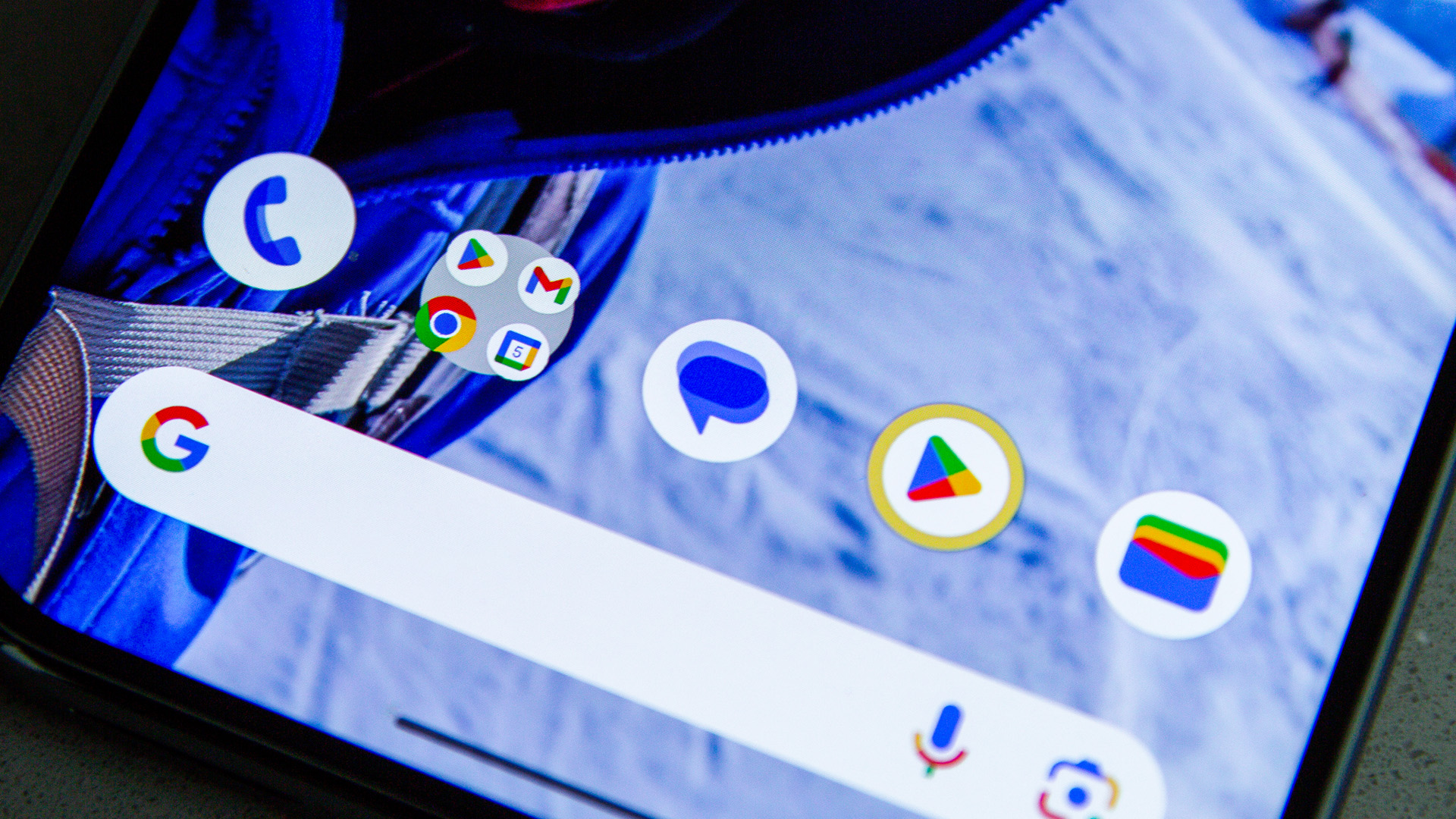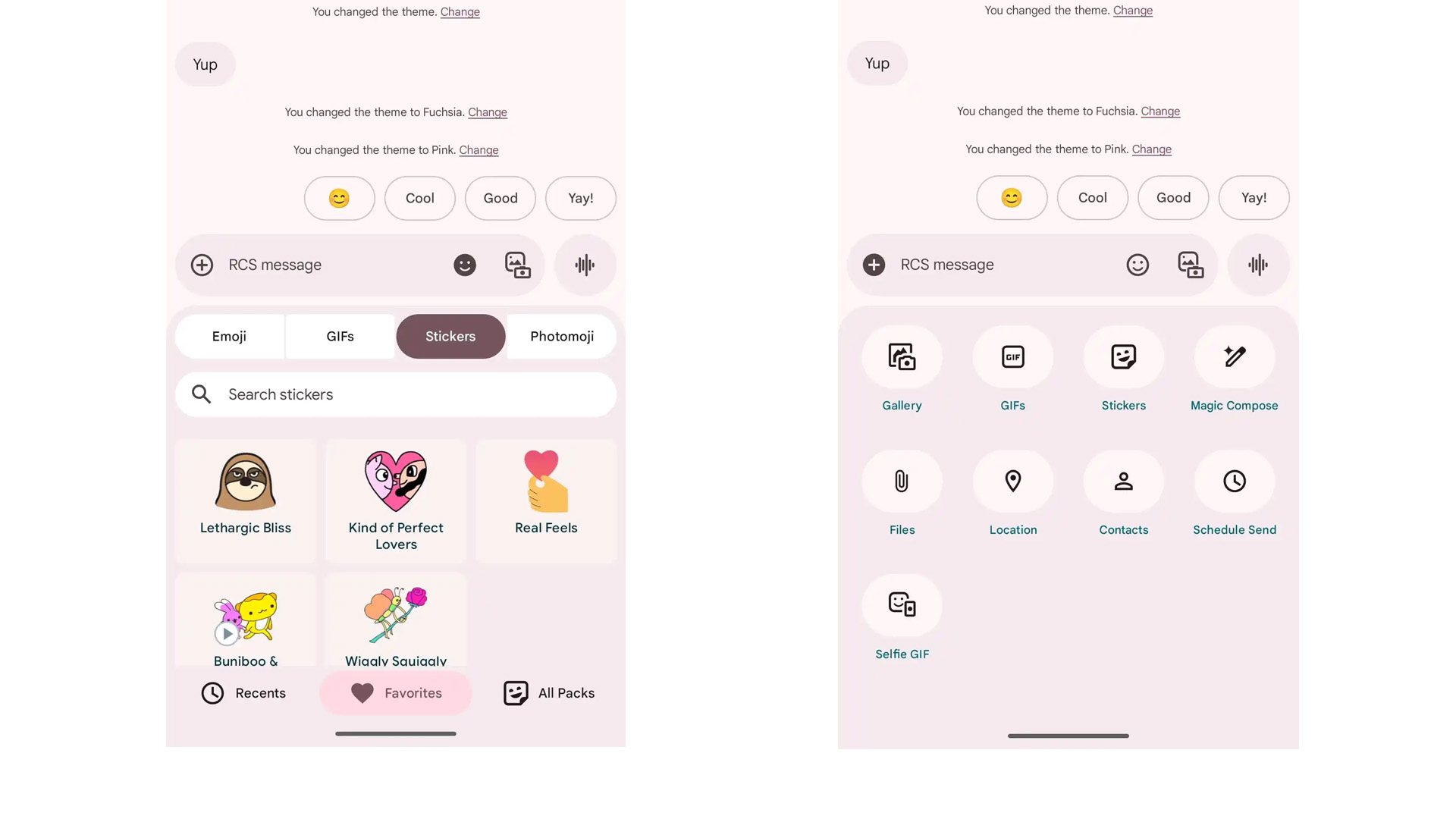
Google's new design – Material 3 Expressive – has surfaced in the Google Messages beta for some users.
The update gives a glimpse to the new design that should land over the next 12 months.
If you’ve been itching to get your hands on the Material 3 Expressive design that’s coming to Android then you can get an early glimpse through Google Messages.
Google introduced Material 3 Expressive as a new design language to define Android moving forward. Although it wasn’t part of the Android 16 beta, it’s expected that the new design will land on Android 16, either as part of the update or sometime after.
Until we hit that point, we’re expecting the redesign to rear its head in many of Google’s apps, which is exactly what has happened here. Some of those on the Google Messages beta have seen some updates to the app ushering in the new design elements.
It’s worth noting that although signing up to the beta is easy, you won’t necessarily see all the design changes. I updated a couple of devices in the UK to the beta and didn’t get the new design elements.
The changes that come with Material 3 Expressive, as outlined by 9to5Google, are subtle, with the aim of making the user experience better. That sees lozenge-shaped buttons replacing the round, coloured, buttons previously. I think it’s a little less garish, while the buttons are now larger.
But when hitting the “+” menu – which is how you’d add emoji, stickers and so on – the presentation is much more mature. The banner now looks like it’s been designed, rather than just being a line of words. When selected, the option becomes much more obvious, inverting the selection so it stands out, where previously it was just bold and underlined.

For now, these are just minor changes, but they give a glimpse into what to expect when Material 3 Expressive lands across your entire device.
One thing that’s currently unknown is how much of the new design will survive outside of the Google ecosystem. While the Pixel will fly the flag for Google’s new look, many brands will have to choose exactly how much they integrate.
For a brand like Motorola, which tends to inflict a lighter touch on the modifications it makes to Android, it might be that you get the whole experience. But for a company like Samsung, that might not be the case, because Sammy makes a lot more changes.
However, with Google apps being core to the Android experience – think Gmail, Google Calendar, Google Maps, Google Messages – any brands that don’t adopt Material 3 Expressive widely will have apps that don’t match the rest of the system.
Where this might be more obvious is in brands that design for markets that don’t use Google so heavily, ie. China. That might see the likes of Xiaomi and Honor eschewing the new design language to continue with their own, and when Google apps are included for global release models, they'll just look a bit odd.







